If you’ve got an Ooni oven, then you already know, it’s not just a pizza oven, it’s kind of a big deal. And honestly, it deserves a dough that can keep up. This Ooni pizza dough recipe is the one I always come back to. It’s super easy to make, really forgiving, and gives you that gorgeous, bubbly, blistered crust that makes you feel like you’ve got your own little pizzeria right in the backyard.
What I love most is how well this dough handles the heat. The Ooni cranks up to 900°F, and this dough totally rises to the occasion, literally. It puffs up, gets those amazing charred spots, and still stays tender and chewy inside. I use it for everything from casual weeknight dinners to impromptu backyard pizza nights with friends (and okay, sometimes just when I’m really craving pizza and don’t want to share).
So if you’re looking for a dough that brings your Ooni pizzas to life, this is the one I swear by. Let me show you why.
Table of contents
Here’s Why This Ooni Oven Pizza Dough Works Like a Charm
After making countless pizzas in my Ooni oven, I can confidently say this dough is the real MVP. It’s specially crafted for the high heat of the Ooni, and it delivers that perfect blend of chewy, crispy, and beautifully blistered every time.
Here’s what makes this Ooni oven pizza dough so dependable:
- Made for high-temp cooking: The Ooni oven can hit temps up to 900°F, and this dough is built for it. It puffs up fast, chars in all the right places, and still stays tender inside.
- Hydration that hits the sweet spot: With around 65% hydration, the texture is soft and airy, with just the right amount of chew.
- Tipo 00 flour = dough heaven: This finely milled Italian 00 flour gives the dough amazing strength and elasticity, so it stretches out beautifully without tearing, exactly what you need when launching pizzas into a roaring-hot Ooni oven.
- Cold fermentation builds big flavor: Letting the dough rest in the fridge slowly creates deeper flavor without needing a sourdough starter, super beginner-friendly, but with pro-level results.
- Customize it to your taste: Prefer thin and crispy? Crank up the hydration. Like a puffier crust? Let it ferment a bit longer. You can even make it gluten-free with a few tweaks (I’ve got tips for that coming up).
This dough’s become my go-to for the Ooni oven, whether I’m throwing together a weeknight pie or hosting a pizza night with friends. It just works, every single time.
What to Prep Ahead (So You’re Not Rushed Later)
A little prep makes pizza night way smoother, trust me, you’ll thank yourself later. Here’s what I like to get ready in advance:
- Make the dough the day before and let it cold ferment in the fridge.
- Divide and ball the dough after the first rise.
- Take dough out 1–2 hours before baking to bring it to room temp.
- Prep all your toppings, slice, grate, portion, so everything’s ready to go.
- Preheat your Ooni oven early, it needs about 20–30 minutes.
- Dust your pizza peel with semolina or rice flour to prevent sticking.
With all that set, you’ll be relaxed and ready when it’s time to launch your pizzas!
How to Make it
My Go-To Tricks for Mastering Ooni Pizza Dough at Home
I’ve made this dough more times than I can count, and trust me, a few small tweaks can really take your Ooni oven pizzas to the next level. Whether you’re just getting started or you’ve already had a few backyard pizza parties, these tips will help you nail it every time:
- Use a digital scale: Accuracy is key with dough. Measuring by weight ensures your flour-to-water ratio is spot on.
- Stick with 00 flour: It’s worth sourcing if you want that authentic pizzeria texture. Other flours just don’t perform the same in the Ooni oven.
- Let the dough rest before shaping: After you pull it from the fridge, let it come to room temp for 1–2 hours. Cold dough resists stretching and can tear more easily.
- Dust with semolina or rice flour: For launching your pizza into the oven, use a little semolina or rice flour on your peel, it helps the dough slide off smoothly without sticking.
- Don’t overload with toppings: Less is more when you’re working with such high heat. Keep it light so the crust can puff and cook evenly.
- Rotate the pizza in the oven: The Ooni oven cooks super fast and can create hot spots. Give your pizza a turn every 15–20 seconds for an even bake.
- Practice makes perfect: Don’t stress if your first few pizzas aren’t picture-perfect. Shaping and launching take a little practice, but you’ll get the hang of it quickly!
Variations of the Ooni Pizza Dough Recipe
1. Same-Day Ooni Pizza Dough
Pressed for time? Increase the yeast to 2 percent of the flour weight and let the dough rise at room temperature for 2 to 3 hours. It won’t have the same complexity of flavor, but it will still crisp up beautifully in your Ooni oven.
2. Sourdough Ooni Pizza Dough
For a more artisanal flavor, replace commercial yeast with 100 grams of active sourdough starter. Reduce water slightly to adjust hydration. Ferment for 24 to 48 hours for deep tang and an open crumb.
3. Whole Wheat Ooni Pizza Dough
Swap up to 30 percent of the flour with whole wheat to bring a nutty earthiness to the crust. You’ll need to increase hydration slightly, as whole wheat flour absorbs more water.
4. Gluten-Free Ooni Pizza Dough
Try a blend of gluten-free flours (like rice, tapioca, and sorghum) along with xanthan gum for elasticity. While texture will differ, this version still puffs and chars well with the right hydration and rest.
FAQs and Troubleshooting
For the best results, use “00” flour, which is finely milled and has a high gluten content. This flour helps create a chewy, crispy crust that holds up well in high-heat pizza ovens like the Ooni. If you don’t have “00” flour, bread flour is a good substitute.
For optimal flavor and texture, let the dough rest for at least 24 hours in the refrigerator. This slow fermentation develops flavor and improves the dough’s elasticity. If you’re short on time, a 2-hour rise at room temperature will still produce a good dough.
Around 65 percent hydration is ideal. That means if you’re using 1,000 grams of flour, you’ll want 650 grams of water. This level balances stretchability and puffiness while still being manageable for beginners. You can adjust slightly based on your flour type and experience.
Ready to Fire Up That Ooni?
If you’re into wood-fired pizza at home, this Ooni pizza dough is a total game-changer—crispy outside, chewy inside, and built for those high flames. It’s the base I use for everything from classic pies to fun spins like chimichurri tomato pizza or even dessert pizzas (hello, Nutella and mascarpone).
Want to mix things up? Try it with spicy arrabbiata sauce or a drizzle of hot honey. Or, if you’re craving something extra chewy, my calzone dough is another favorite. And for a true Naples-style pie, don’t miss my Italian pizza dough.
Hope you have a blast making this, let me know how it goes. Happy pizza night!

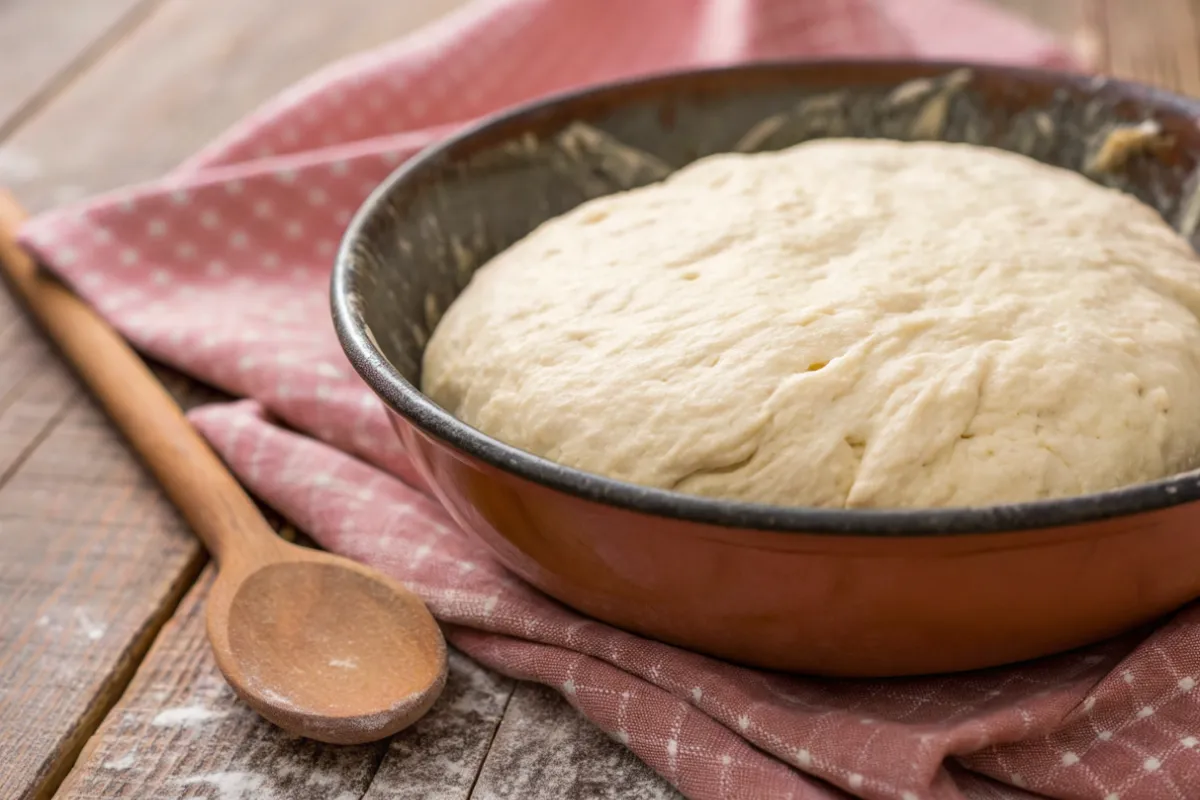





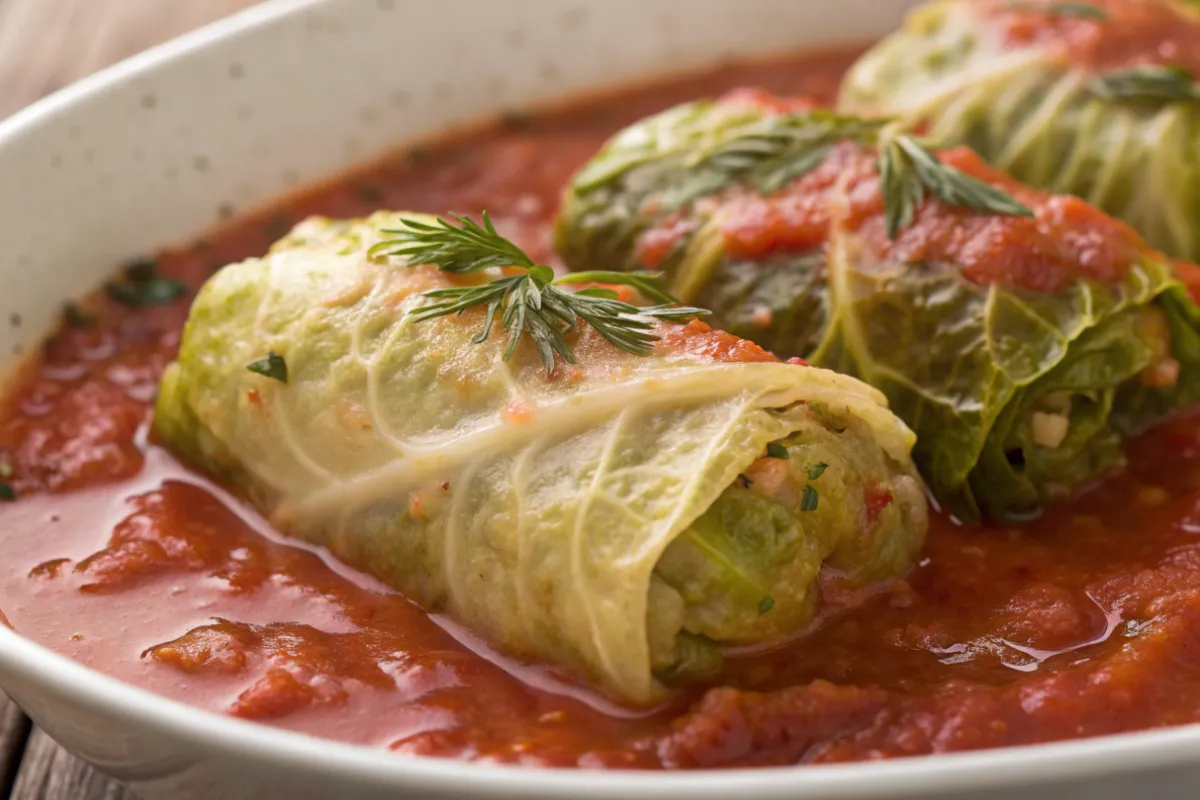
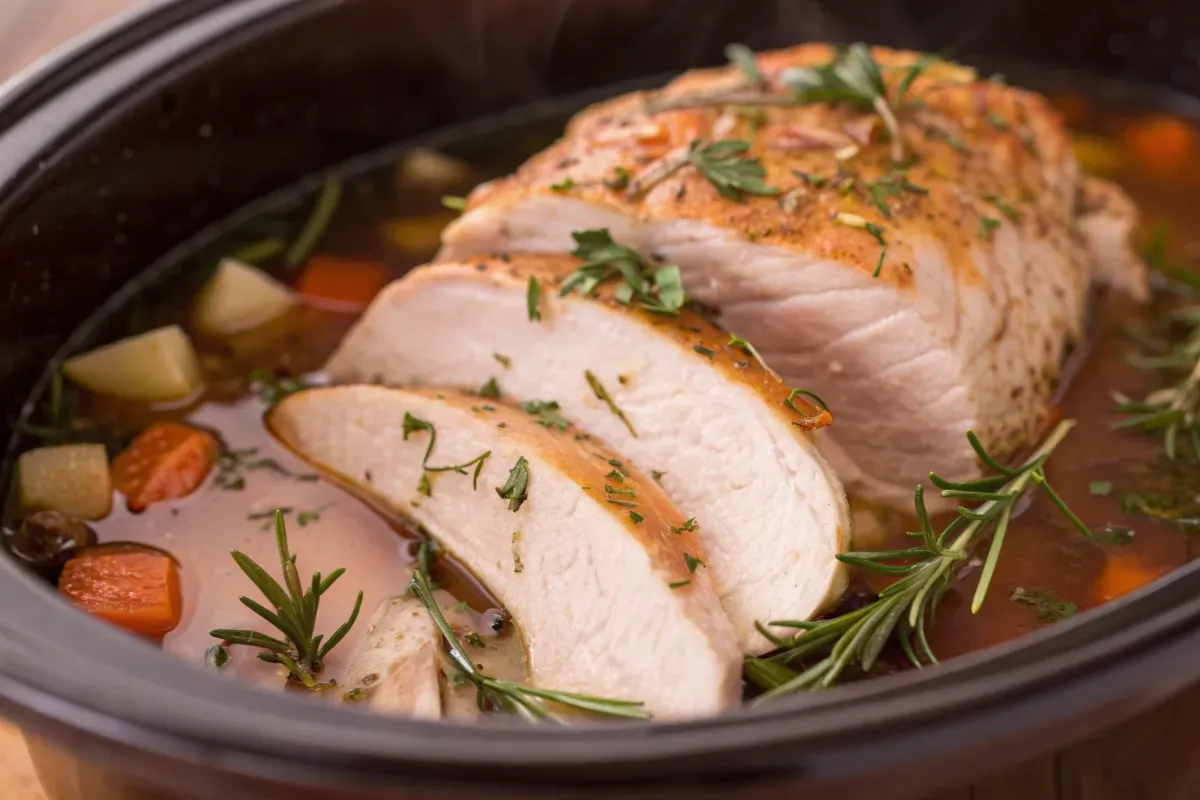
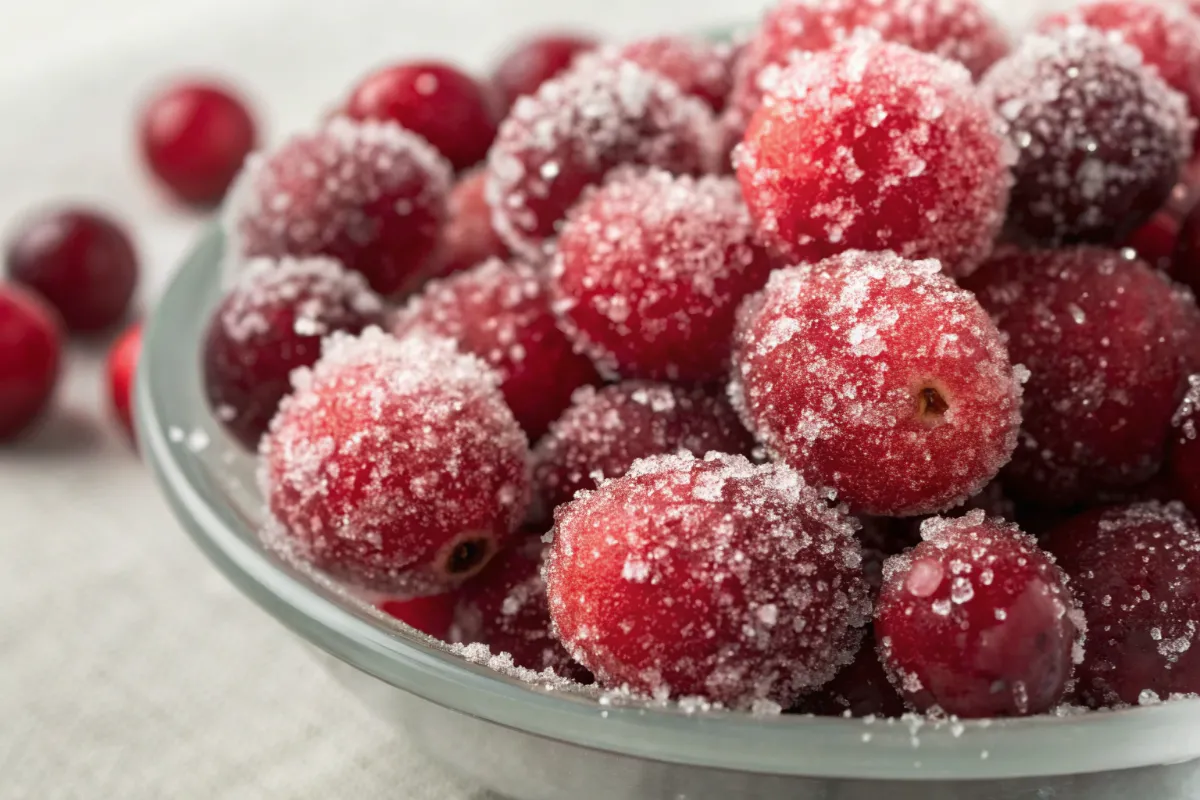
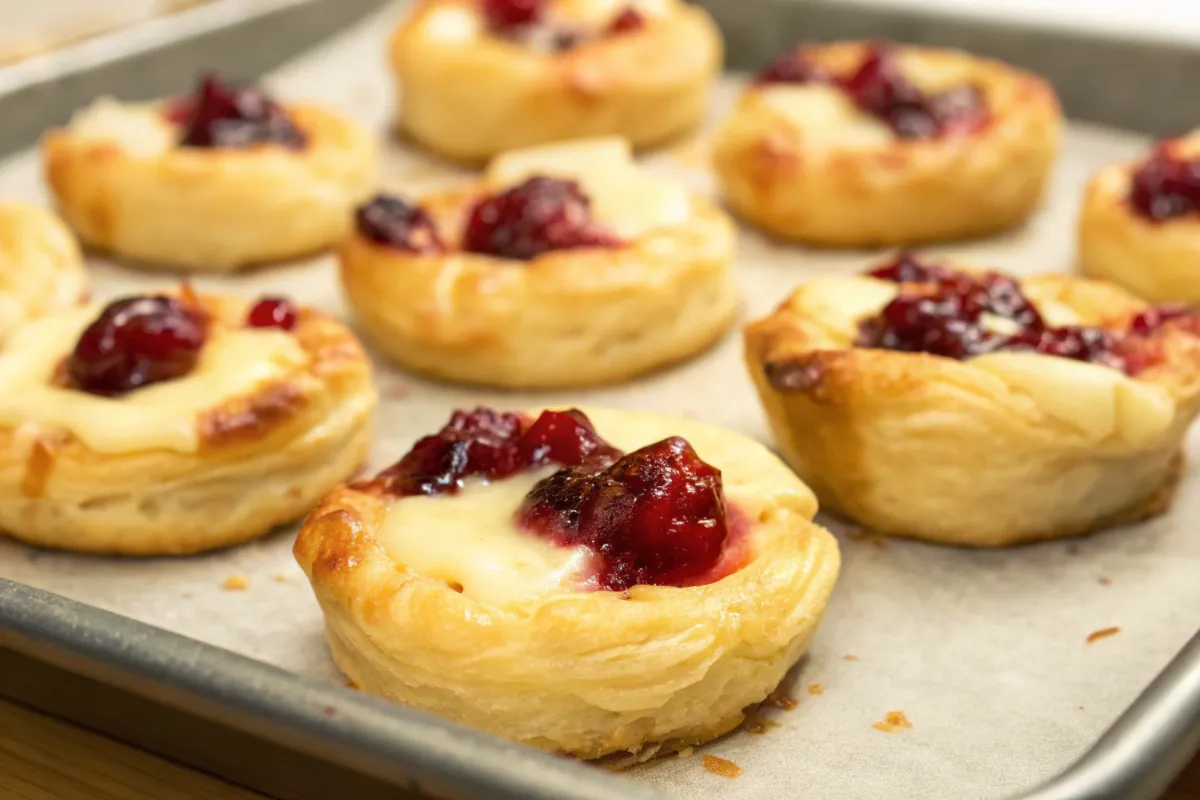
Leave a Reply